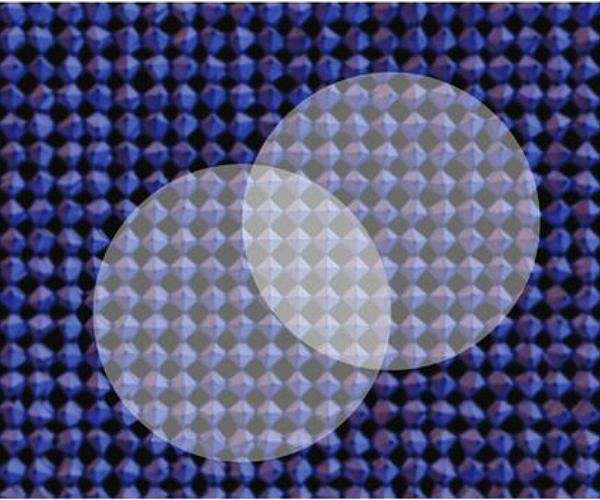Improved thermal resilience for perovskiet solar cells
Perovskiet solar cells offer impressive efficiency and low production costs, but have difficulty maintaining long -term performance in the weather conditions in the real world. In an extensive assessment published in Nature Review Materials, an international team led by Prof Antonio Abate investigated how repeated thermal cycles influence the microstructure and adhesion of the intermediate layer in these devices. Their study clearly identifies thermal stress as the primary factor that breaks down metalhalide perovskites and outlines effective strategies to stimulate their operational lifespan.
Metal-halide perovskites belong to a broad family of semi-conducting materials that have already achieved energy conversion efficiency of up to 27%. Their production requires minimal material and energy, and offers it potential to considerably reduce the costs of solar energy. Ensuring an almost constant capacity for two to three decades remains a major challenge for outside installations.
The assessment brings together several years of research, including contributions from a team led by Prof Meng Li at Henan University and employees from Italy, Spain, the UK, Switzerland and Germany. Their collective findings underline that thermal stress is the critical element that leads to the deterioration of these solar cells.
As Abate explains: “Upon use outdoors, solar modules are exposed to the weather and the seasons,” which means that even with effective encapsulation against moisture and oxygen, the cells must withstand substantial temperature fluctuations from extreme cold to intense heat. Such fluctuations, which can vary from minus 40 degrees Celsius to plus 100 degrees Celsius in typical outdoor environments, are even more serious under controlled experimental conditions.
To simulate and study these effects, the research perovskiet solar cells subject to rigorous temperature cycles ranging from minus 150 degrees Celsius to plus 150 degrees Celsius repeatedly. During these tests, Dr. Guixiang Li-Who then postdoctoral researcher at HZB and is now a professor at Southeast University in China monitoring changes in the microstructure of the perovskiet layer and investigated how these extreme cycles disturbed the interfaces with adjacent layers.
The intense temperature variations induced considerable thermal voltage both within the perovskiet film and on the nodes between layers. “In a perovskite solar cell, layers of very different materials have to have in perfect contact; unfortunately these materials often have very different thermal behavior,” Abate explains. Such mismatches, for example, where plastics contract while expanding inorganic layers, gradually worsen the contact between layers. Moreover, it has been observed that the Cycles activate local phase transitions and encourage the spread of elements in adjacent layers.
Based on these observations, the research teams argue for targeted measures to improve stability. They recommend that they improve the crystalline quality of the perovskiet material and to record suitable buffer layers to better resist thermal tension. As Abate emphasizes, “thermal stress is the key”, which emphasizes that determining standardized test protocols for temperature cycling will be essential to reliably compare the long -term stability of various perovskiet solar cell designs.
Research report:Resilience routes for Halide Perovskiet Photovoltaïschen under Temperature Cycling

